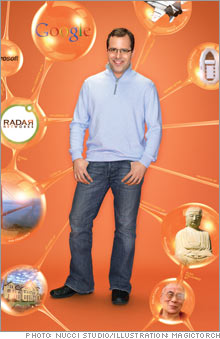 Forrester: ‘Social Technographics’ a Prerequisite for Social Strategy - Marketing Charts
Forrester: ‘Social Technographics’ a Prerequisite for Social Strategy - Marketing Charts Before brands and online publishers attempt to deploy social technologies, they must understand their target audience - specifically its social “technographic” make-up - and only then create a social-computing strategy, according to a just-released a Forrester Research report titled “Social Technographics: Mapping Participation in Activities Forms the Foundation of a Social Strategy.”
The term refers to the levels of audience participation in social computing rather than specific technology adoption, writes the report’s lead author, Charlene Li. Forrester groups users into six participation categories, using a ladder metaphor, with “Inactives” at the bottom rung and “Creators” at the topmost rung.
Not surprisingly, the Inactives constitute the majority (52%) of US adult online consumers - followed by, in ascending hierarchical order, Spectators (33%), Joiners (19%), Collectors (15%), Critics (19%) and Creators (13%).
--
The vast majority of agency people - creatives, account managers, media, planners, et al - express to me their avoidance of ideas and strategies that sound too "complex." I think it's time to re-think that. There's no way to deal with today's media without wholly embracing its complexity. And it's only getting more dense. There's no simple way out of this anymore.
Powered by ScribeFire.





















